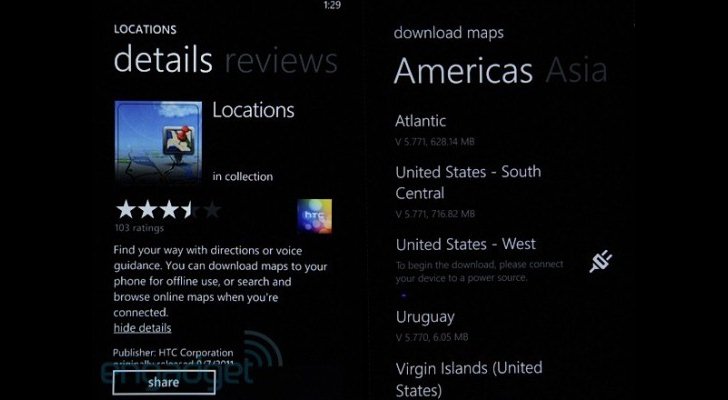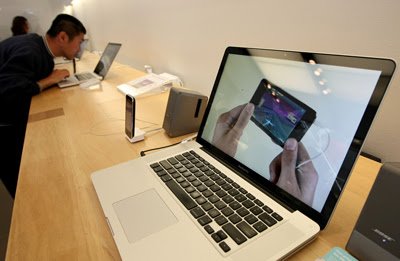Showcased one month ago at the Mobile World Congress in Barcelona, Lava’s Xolo X900 Android smartphone will make its debut in India in late April.
The folks at AndroidOS have been tipped on the smartphone’s availability timeframe, though there is no detail on Xolo X900’s price tag. Rumor has it that the device will be priced lower than expected in order to successfully compete with other regional brands.
Word is that Lava will launch the Xolo X900 for around 400 USD (300 EUR) off-contract, but this has yet to be confirmed by the manufacturer.
Although the device will be shipped with Android 2.3 Gingerbread out of the box, Lava promised the phone would be upgraded to Ice Cream Sandwich sometime this year.
Anyway, the phone’s main selling point appears to be the Intel Medfield chipset inside. Xolo X900 is powered by a 1.6 GHz Atom Z2460 single-core processor, but it can run up to 2 GHz.
However, it will be Lava’s decision to ship the Xolo X900 with a higher speed CPU, or keep the processor clocked at 1.6 GHz.
It is also worth mentioning that Intel Medfield’s chipset also features a 400 MHz graphics processing unit, which bolsters the processor’s capabilities when the phone is used for playing games.
Furthermore, Lava Xolo X900 sports a large 4.03-inch capacitive touchscreen display, as well as an impressive 8-megapixel rear camera with autofocus and LED flash. There’s also a secondary 1.3-megapixel front-facing camera for video calls.
The smartphone comes with a 1460 mAh Li-Ion battery inside, and a wide range of connectivity options, including Wi-Fi, NFC (Near Field Communications), HDMI, HSPA+, Bluetooth and microUSB.
On a side note, Lava Xolo X900 might be launched on Aircel and Airtel airwaves, but the Intel-based handset may also hit shelves at leading retailers across the country.



 3/29/2012 10:05:00 PM
3/29/2012 10:05:00 PM
 dannzfay
dannzfay













































